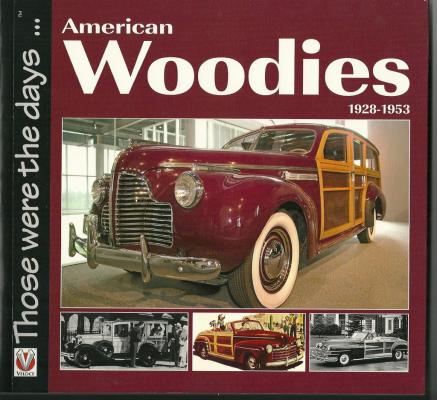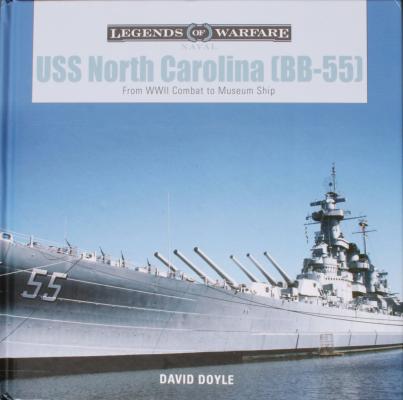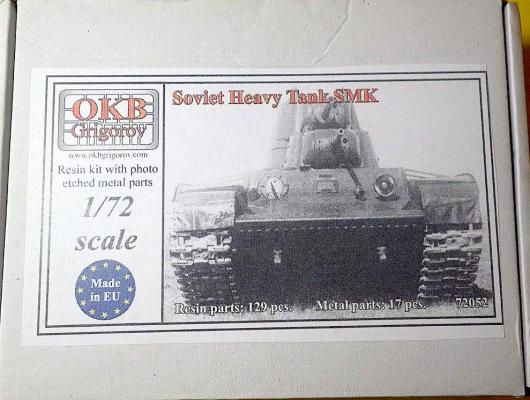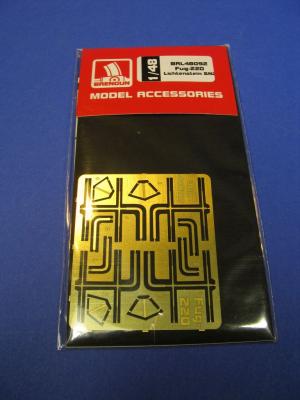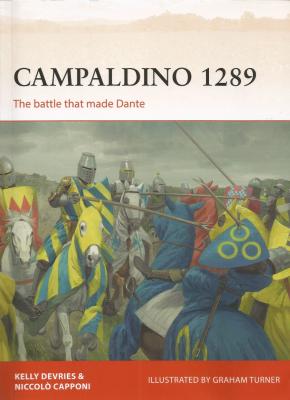Veloce Publishing continues expanding its line “Those were the days…” this time with a book devoted to the American Woodies. While the book title says “1928-1953”, it does provide some history prior to those years, going all the way back to 1886.
The first chapter describes the origin of the woodies or “station wagon”, a sort of railway station shuttle to your vacation hotel. The second chapter describes how Ford led the way on making the Woodies popular and the last two chapters covers the immediate pre-WWII years and the immediate post-WWII years.
The book is not meant to be a detailed recount of every “Woodie” out there, nor a source of detailed information for a restorer. It is more of a gallery of pictures, some details and stories leading to how the Woodies became an icon of the ’40 and’50s. You will find Fords, Hudson, Chryslers, Studebaker, Crosley and more.











